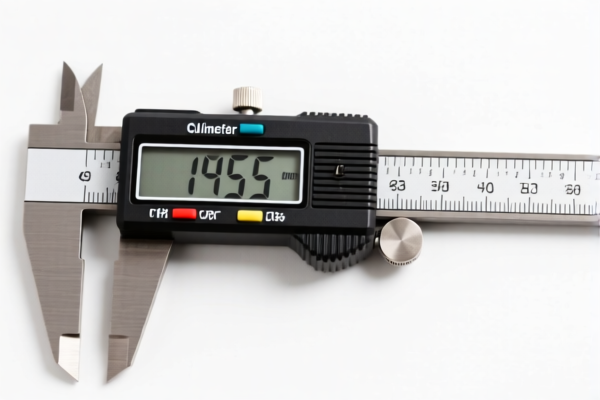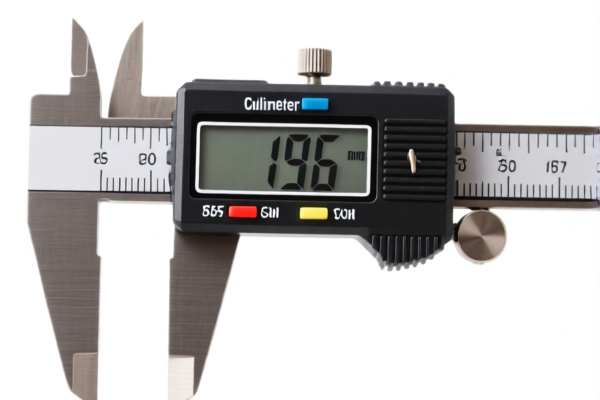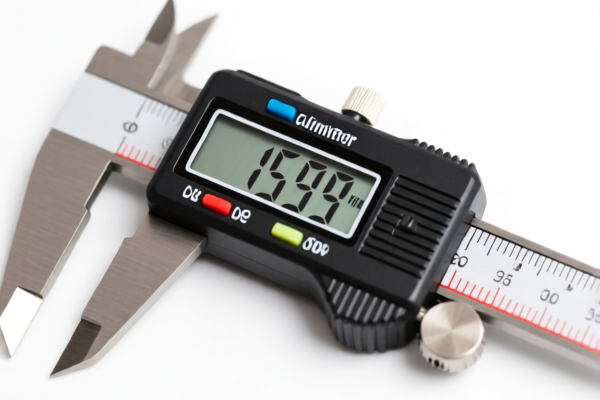| HS Code | Official Doc | Tariff Rate | Origin | Destination | Effective Date |
|---|---|---|---|---|---|
| 9031804000 | Doc | 55.0% | CN | US | 2025-05-12 |
| 9031497000 | Doc | 55.0% | CN | US | 2025-05-12 |
| 9028100000 | Doc | 16¢ each + 2.5%+55.0% | CN | US | 2025-05-12 |
| 9028200000 | Doc | 16¢ each + 2.5%+55.0% | CN | US | 2025-05-12 |




Reflex Calibrator
A reflex calibrator is a medical device used to assess and quantify the integrity of the reflex arcs in the nervous system. It provides a standardized and objective measurement of reflex responses, aiding in the diagnosis of neurological conditions.
Material
Reflex calibrators typically incorporate the following materials:
- Hammer component: Often constructed from rubber, plastic, or a weighted metal head with a rubber striking surface. The weight and shape are critical for consistent stimulus delivery.
- Sensor/Transducer: Modern calibrators utilize piezoelectric or force sensors to detect and measure the force generated by the reflex response.
- Electronic components: Include amplifiers, analog-to-digital converters, microprocessors, and displays for signal processing and data presentation.
- Housing: Generally made of durable plastic or metal to protect internal components.
- Cables/Connectors: Used for power and data transmission.
Purpose
The primary purpose of a reflex calibrator is to:
- Objective Assessment: Provide a quantifiable measure of reflex responses, reducing subjectivity compared to manual testing.
- Neurological Diagnosis: Aid in the diagnosis of conditions affecting the nervous system, including peripheral neuropathy, spinal cord injuries, and central nervous system disorders.
- Monitoring Disease Progression: Track changes in reflex responses over time, helping to assess the effectiveness of treatment and monitor disease progression.
- Research: Facilitate research studies investigating reflex function and neurological disorders.
Function
Reflex calibrators function by:
- Stimulus Delivery: A controlled mechanical stimulus (typically a tap with the hammer) is applied to a specific tendon.
- Response Detection: The sensor detects the resulting muscle contraction (the reflex response).
- Signal Processing: The electronic components amplify and convert the detected signal into a quantifiable measurement (e.g., force, velocity, amplitude).
- Data Display: The measurement is displayed on a screen, often with normative data for comparison.
- Data Storage/Output: Many calibrators store data for later analysis and can output data to a computer.
Usage Scenarios
- Neurology Clinics: Used by neurologists to assess patients with suspected neurological disorders.
- Physical Therapy Clinics: Used by physical therapists to evaluate and monitor patients with muscle weakness or impaired reflexes.
- Hospitals: Used in emergency departments and inpatient units to assess patients with acute neurological injuries.
- Research Laboratories: Used in research studies investigating reflex function and neurological disorders.
- Sports Medicine: Used to assess neurological function following concussions or other injuries.
Common Types
- Manual Reflex Calibrators: These devices require a trained examiner to apply the stimulus and interpret the response. They often incorporate a force sensor in the hammer head.
- Automated Reflex Calibrators: These devices automatically deliver the stimulus and measure the response, reducing examiner variability.
- Electromyography (EMG)-based Reflex Testing: While not strictly a "calibrator," EMG can be used to objectively measure reflex responses by recording the electrical activity of muscles. This provides a more detailed assessment of reflex function.
- Quantitative Sensory Testing (QST) Devices: Some QST devices can assess reflex responses as part of a broader assessment of sensory function.
Based on the provided information, the following HS codes may be relevant to “reflex calibrator”:
-
9031804000: Measuring or checking instruments, appliances and machines, not specified or included elsewhere in this chapter; profile projectors; parts and accessories thereof: Other instruments, appliances and machines: Electron beam microscopes fitted with equipment specifically designed for the handling and transport of semiconductor wafers or reticles.
- 90: Chapter 90 covers measuring, checking, testing, navigating and control instruments and apparatus; meters and counters; optical instruments.
- 31: Heading 31 specifically relates to measuring or checking instruments, appliances and machines.
- 80: Subheading 80 covers other instruments, appliances and machines not elsewhere specified or included.
- 40: Further specifies electron beam microscopes fitted with equipment for semiconductor wafer/reticle handling.
-
9031497000: Measuring or checking instruments, appliances and machines, not specified or included elsewhere in this chapter; profile projectors; parts and accessories thereof: Other optical instruments and appliances: Other: For inspecting masks (other than photomasks) used in manufacturing semiconductor devices; for measuring surface particulate contamination on semiconductor devices.
- 90: Chapter 90 covers measuring, checking, testing, navigating and control instruments and apparatus; meters and counters; optical instruments.
- 31: Heading 31 specifically relates to measuring or checking instruments, appliances and machines.
- 49: Subheading 49 covers other optical instruments and appliances.
- 70: Further specifies instruments for mask inspection and surface contamination measurement.
Regarding HS codes 9031804000 and 9031497000, the total tax rate is 55.0%, comprised of a base tariff of 0.0% and an additional tariff of 25.0%, increasing to 30.0% after April 2, 2025.
Customer Reviews
No reviews yet.